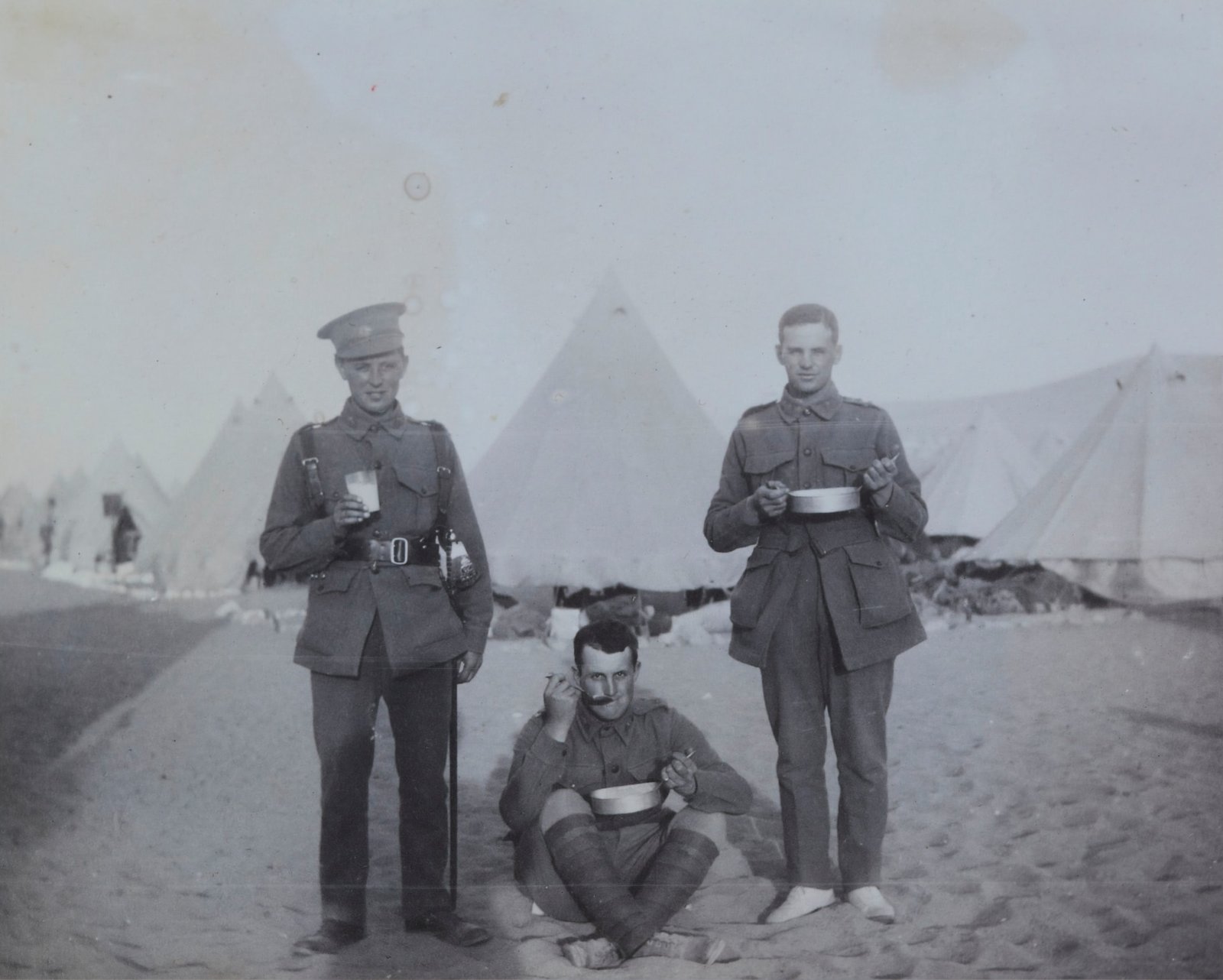To really get what led to World War II, we need to look at the 1930s in Europe. That time was full of big political moves and choices, and one key approach was ‘appeasement‘. Basically, this meant that countries like Britain and France let Nazi Germany do aggressive things without stopping them, hoping it would keep the peace. It’s super important to understand this stuff to see how the war started.
The Build-Up of a Dictatorial Regime
After World War I, the Treaty of Versailles was supposed to keep the peace, but it actually ended up setting the stage for more trouble down the line. Germany felt beaten down and ashamed because of the tough penalties they had to face, and the Nazi Party used those feelings to their advantage. Adolf Hitler came into power riding on the wave of anger and the German people’s desire to get back their country’s pride after the war had left them with a struggling economy and a shaky government.
Looking more closely, Hitler was all about extreme national pride, and he didn’t hide his dislike for Jewish people and the Treaty of Versailles. The big countries around Germany saw this but decided to go with a policy of appeasement—basically, they let things slide. They did this partly because the horror of the First World War was still fresh in people’s minds, and nobody wanted to go through that kind of suffering again.
Chamberlain’s Disputed Approach
When Britain was facing the threat of another war, Neville Chamberlain, the Prime Minister at the time, had to make a crucial decision. He really wanted to keep the peace, so he tried to talk things out and make deals with Hitler’s government, which saw this willingness to talk as a sign of weakness. Many people remember Chamberlain for trying to keep the peace even when it seemed like Hitler wanted to take over more land.
A big example of Chamberlain trying to keep the peace is the Munich Agreement from 1938. In this deal, Britain and France let Germany take over a part of Czechoslovakia called the Sudetenland, where a lot of German-speaking people lived. When Chamberlain came back from Munich saying he had secured “peace for our time,” people were at first very happy. But it didn’t take long for them to realize that this was a serious mistake.
Hitler’s Mission and How People Saw Him
Adolf Hitler made no secret of his contempt for the Treaty of Versailles and was open about his plans to reverse its terms. He was driven by a vision of a larger, more powerful Germany and had a clear plan: first, get rid of the restrictions imposed by the Versailles Treaty; second, bring all German-speaking communities into one country; and third, seize enough land to bring these plans to life.
People’s views of Hitler varied greatly. In Germany, many admired him for reviving national pride after the country’s defeat in World War I. However, his aggressive moves in other countries and the harsh ways he treated his own people made many around the world see him as a dictator.
The Unraveling of Appeasement and the Path to War
Even though many countries tried to keep the peace by not confronting Hitler, he didn’t stop pushing forward. He took over Austria, demanded control of the Sudetenland, and then went ahead and invaded Poland. These bold moves showed everyone that trying to calm Hitler down and avoid a fight wasn’t working. Britain and France had to face the fact that they couldn’t keep the peace any longer and that war was coming whether they liked it or not.
The Broader Social and Global Implications
Looking at the bigger picture, we can see that the decision to appease wasn’t just a simple policy—it showed how much the world was still hurting from the massive losses of the Great War and how desperately everyone wanted to dodge another disaster like that. Europe was full of people who wanted peace at all costs, the world’s money problems were deep, and the political situation between the wars was really complicated. All of these things helped create a situation where giving in to demands seemed like the best option.
People’s Wishes for Peace and Their Impact on Politics
After World War I, people across Europe were deeply against the idea of more fighting. The terrible things they had seen and endured during the war made a lasting impression, and most people really didn’t want to go through anything like that again. Politicians knew how their voters felt, so they were careful not to make decisions that might start another war.
Conclusion
The story of appeasement teaches us a tough lesson about how to balance the desire for peace with the need to stand up to bullying. It brings up big questions about what we owe each other morally, whether we can rely on each other for safety, and how power shifts in world politics. The events of the 1930s still cast a long shadow on how we handle international issues today, showing us that what happened back then is more than just a note in history books—it’s a sign of what to do and what not to do moving forward.
The decisions that world leaders made back then were influenced by what their people wanted, the state of the economy, and the overall political mood, and all of these things together pushed the world to the edge of another great conflict. When we look back on how appeasement played out, it offers us a complex lesson in how countries’ own interests, moral duties, and history’s often surprising twists and turns all mix together.







